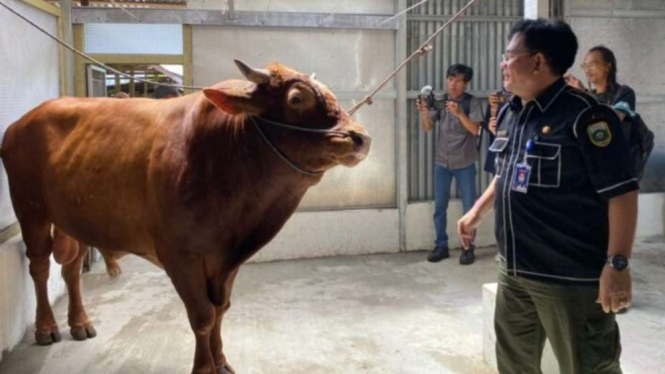History of Prophet Ibrahim's Qurban as the Beginning Eid al-Adha
- VIVA/ Sadam Maulana
The act of sacrificing the ram instead of Ismail became a significant symbol of Prophet Ibrahim's submission to Allah's command.
Muslims commemorate this event by performing animal sacrifices on the day of Eid al-Adha, which means the "Festival of Sacrifice." It is one of the most important festivals in the Islamic calendar.
During Eid al-Adha, Muslims around the world commemorate Prophet Ibrahim's obedience and devotion by sacrificing an animal, such as a sheep, goat, cow, or camel.
The meat from the sacrificed animal is divided into three parts: one part is kept for the family, one part is given to relatives and friends, and the remaining part is distributed among the poor and needy.
Eid al-Adha is also a time for Muslims to come together for prayers, reflection, and community gatherings. It is a celebration of faith, gratitude, and generosity.
The festival marks the end of the Hajj pilgrimage, which is an annual Islamic pilgrimage to the holy city of Mecca in Saudi Arabia.
In summary, the history of Prophet Ibrahim's Qurban marks the beginning of the Eid al-Adha commemoration in Islam. It symbolizes Prophet Ibrahim's unwavering faith and submission to Allah's command to sacrifice his beloved son Ismail.
Muslims commemorate this event by performing animal sacrifices and engaging in acts of charity and community spirit during Eid al-Adha.

















